What's the Best Dog Food for Pugs?
AKC Classification: Toy
Exercise Required: 40 minutes/day
Ideal Weight
Healthy Male Weight: 14-18 lbs
Healthy Female Weight: 14-18 lbs
Breed Summary
Pugs pack a lot of personality into small, muscular packages. They are excellent house dogs and get along with people of all ages. Pugs are happy being an only pet or as a member of a pack and they do well in both city and country settings. They do best in a moderate climate that’s not too hot or too cold, but they can thrive anywhere with the proper care.
Pugs come in three colors: silver or tan with a black face, or all black. They have short, glossy coats that require minimal maintenance, but they do shed. Pugs love to eat and snuggle, which means they are ideal companions but also makes them prone to obesity. Their short snouts can give them trouble breathing in very hot areas.
Physical Traits
Large round head, short snouts, wrinkly face, small but muscular body
Personality Traits
Loving, mischievous, friendly, eager to please
Health Considerations for Pugs
Pugs have very short snouts and lots of wrinkles on their faces, which need to be cleaned on a regular basis to prevent infection or irritation. Their shortened snouts can also cause eye and vision issues, since there is less space for the eyeballs in the skull. That can lead to dirt and dust getting into the eye.
Pugs are unfortunately susceptible to serious conditions like PDE and hip dysplasia, as well as more minor problems like eyelid and eyelash issues, skin infections, seizures, and allergies. Pugs are also prone to overheating, so be careful to keep your dog cool.
Pug Dog Encephalitis (PDE)
PDE is an inherited disease in pugs, although it can occur in other small breeds. This disease is a serious autoimmune condition for which there is currently no cure, and it’s not known why some pugs develop the disease while others do not. Medication and a healthy diet may help.
Obesity
Pugs love to eat, so obesity can be a problem, especially with their small frames. A healthy diet and portion control along with regular exercise can keep them at a healthy weight. We recommend foods that are, or have:
Joint Issues
Pugs can face joint issues like Hip Dysplasia, Arthritis, and Patellar Luxation. Feeding them foods high in the following can help keep their joints healthy:
Brachycephalic Airway Syndrome
Pugs’ short snouts mean they have short and often flattened airways, which can cause difficulty with breathing and eating, and exercise intolerance as a result. Obesity makes these symptoms worse, so keep your dog at a healthy weight and avoid allergens that could further inflame the airway.
Complete a nutritional assessment to view individualized diet recommendations specifically for your pet.
Foods We Recommend: Pug Puppies
When do pugs grow out of the puppy stage?
18 months old
Once pugs have matured and stopped growing, it can be easy for them to become obese, so adult pugs do best with a lower calorie food. Help them maintain a healthy weight with foods like:
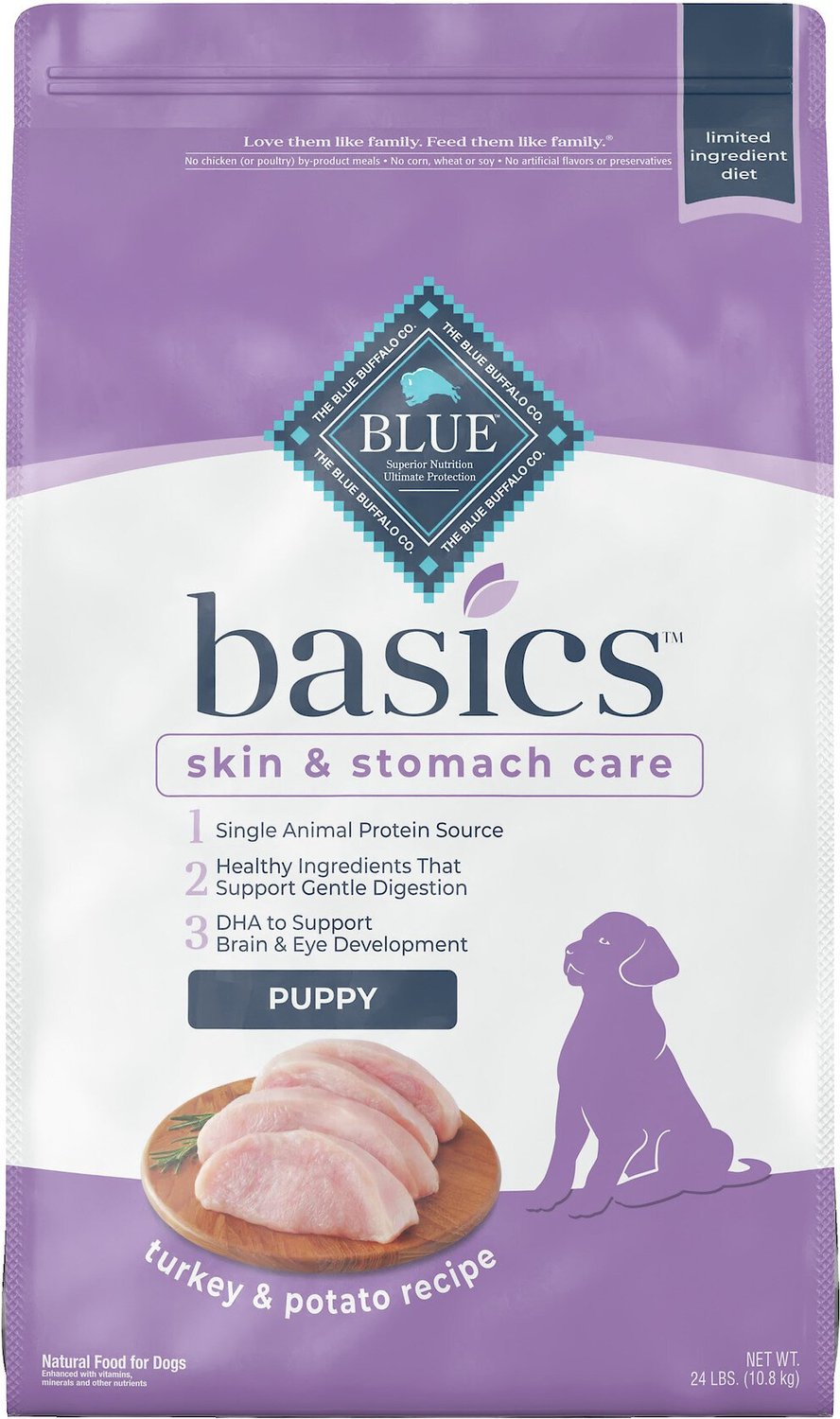
Basics Limited Ingredient Diet Turkey & Potato Recipe Puppy Dry Dog Food

Purina Pro Plan Dry Puppy Food
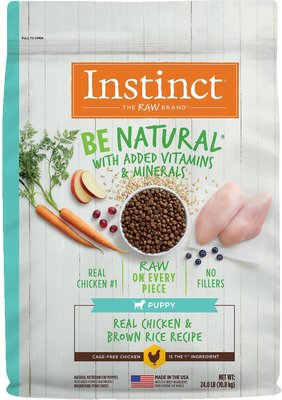
Be Natural Puppy Real Chicken & Brown Rice Recipe Freeze-Dried Raw Coated Dry Dog Food
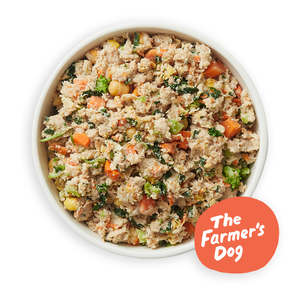
Fresh, Personalized Ingredient Meal Plan
+ Custom, human-grade diet
+ More expensive than kibble
Foods We Recommend: Pug Adults
When do pugs become adults?
18 months old
Pug puppies are quite energetic and expend a lot of energy playing and growing, so they need a high calorie food to promote healthy development. We recommend the following foods:
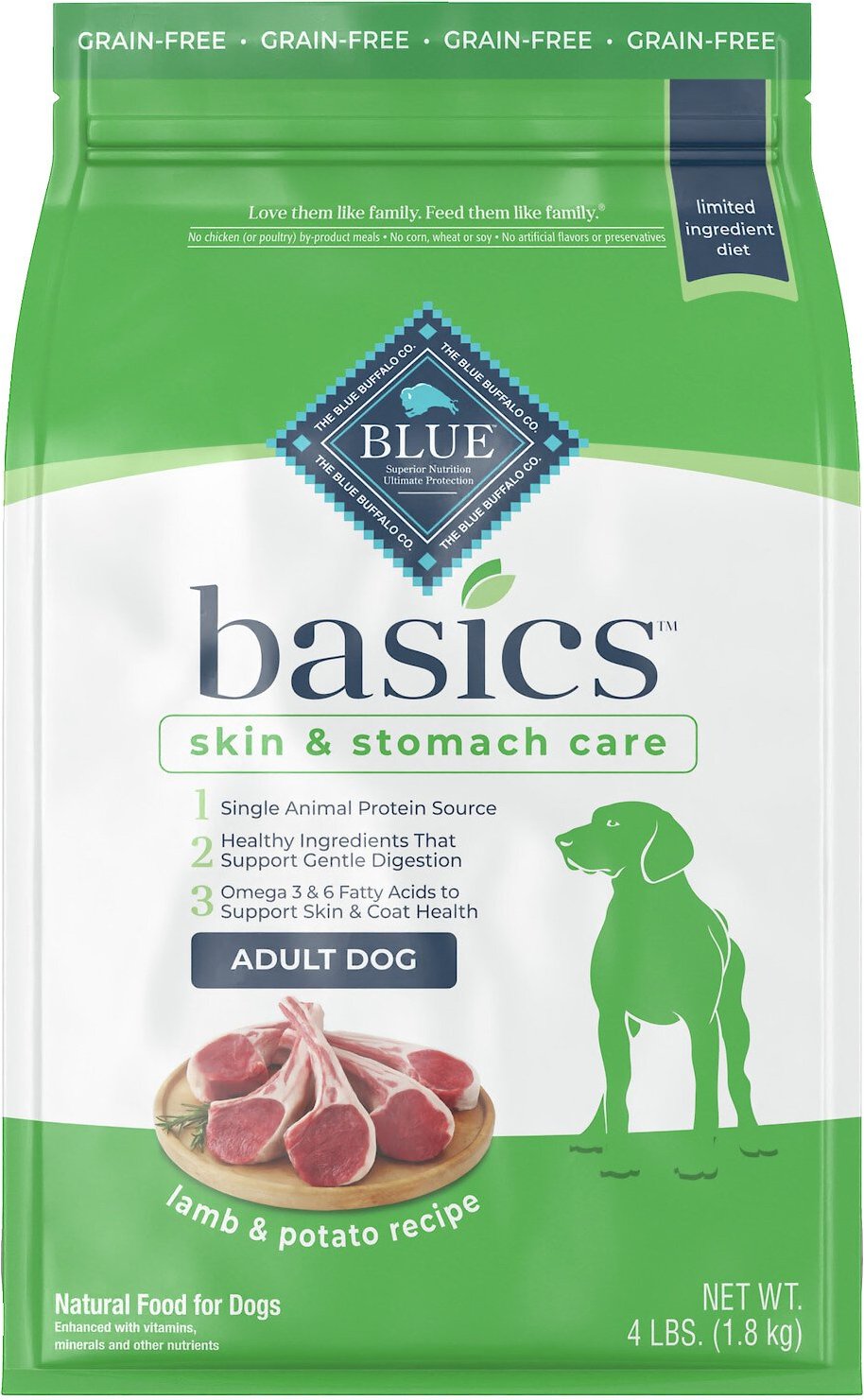
Blue Buffalo Basics Limited Ingredient Grain-Free Formula Lamb & Potato Recipe Adult Dry Dog Food
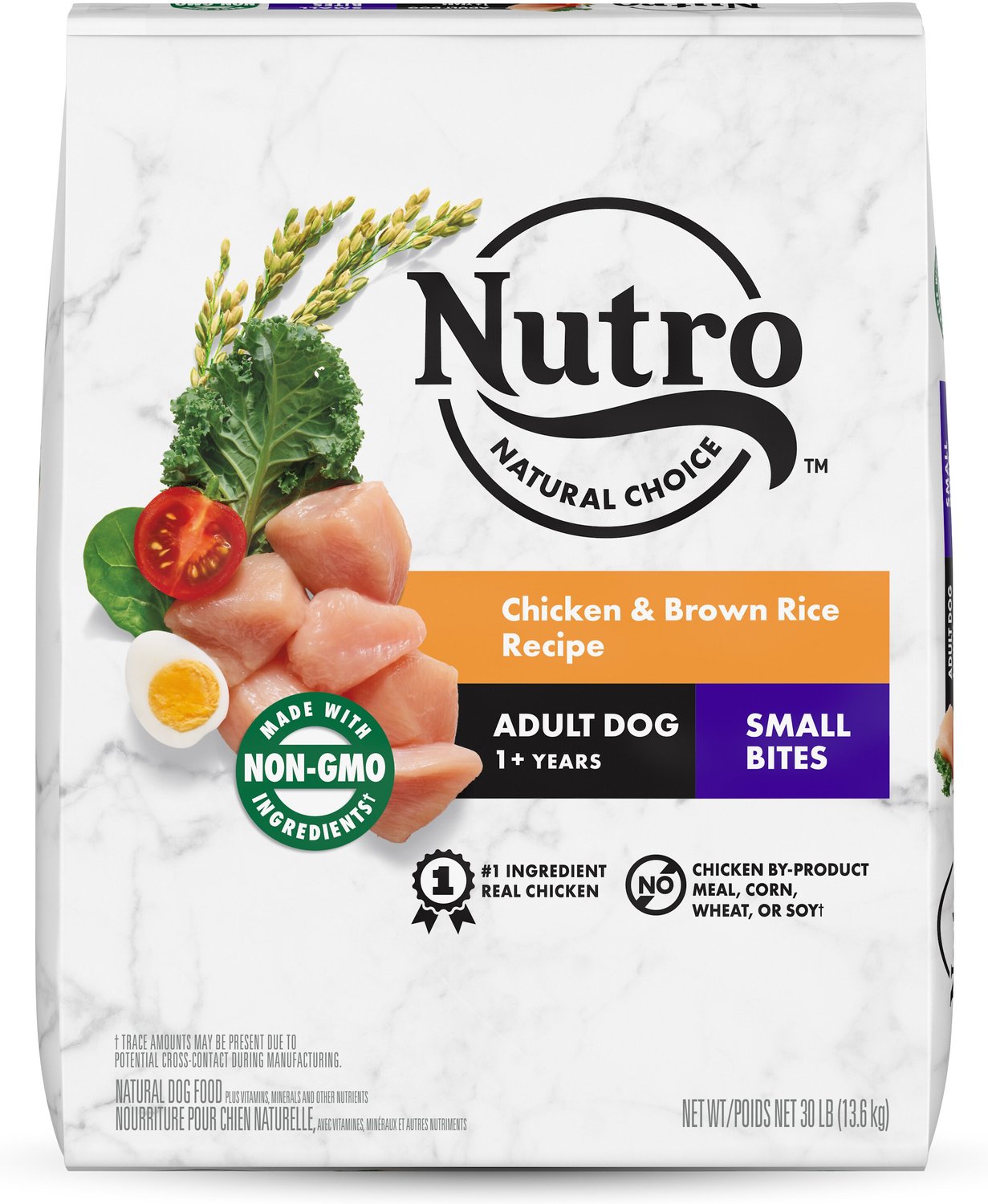
Wholesome Essentials Small Bites Adult Farm-Raised Chicken, Brown Rice & Sweet Potato Recipe
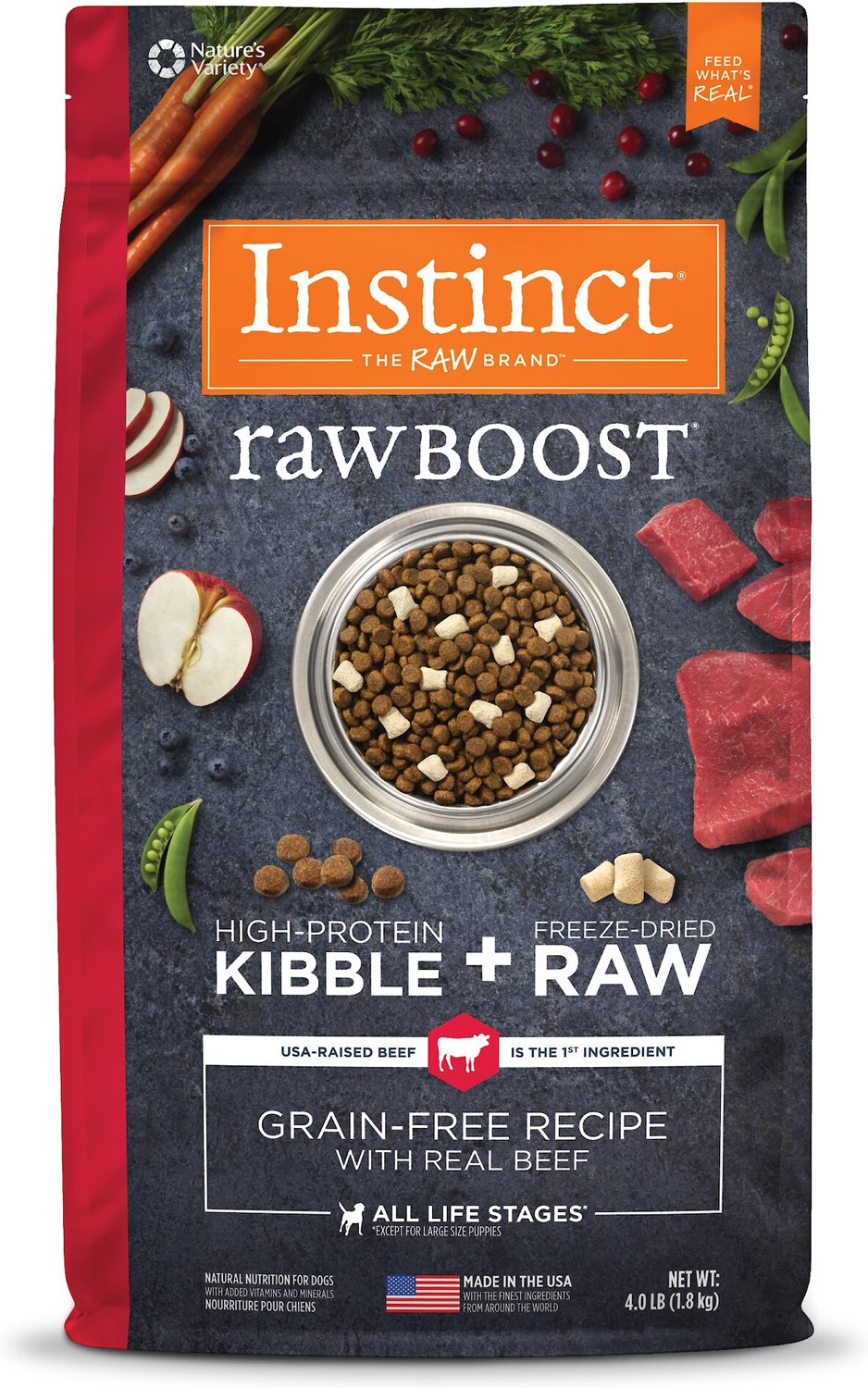
Frozen Raw Bites Grain-Free Grass-Fed Lamb Recipe Dog Food
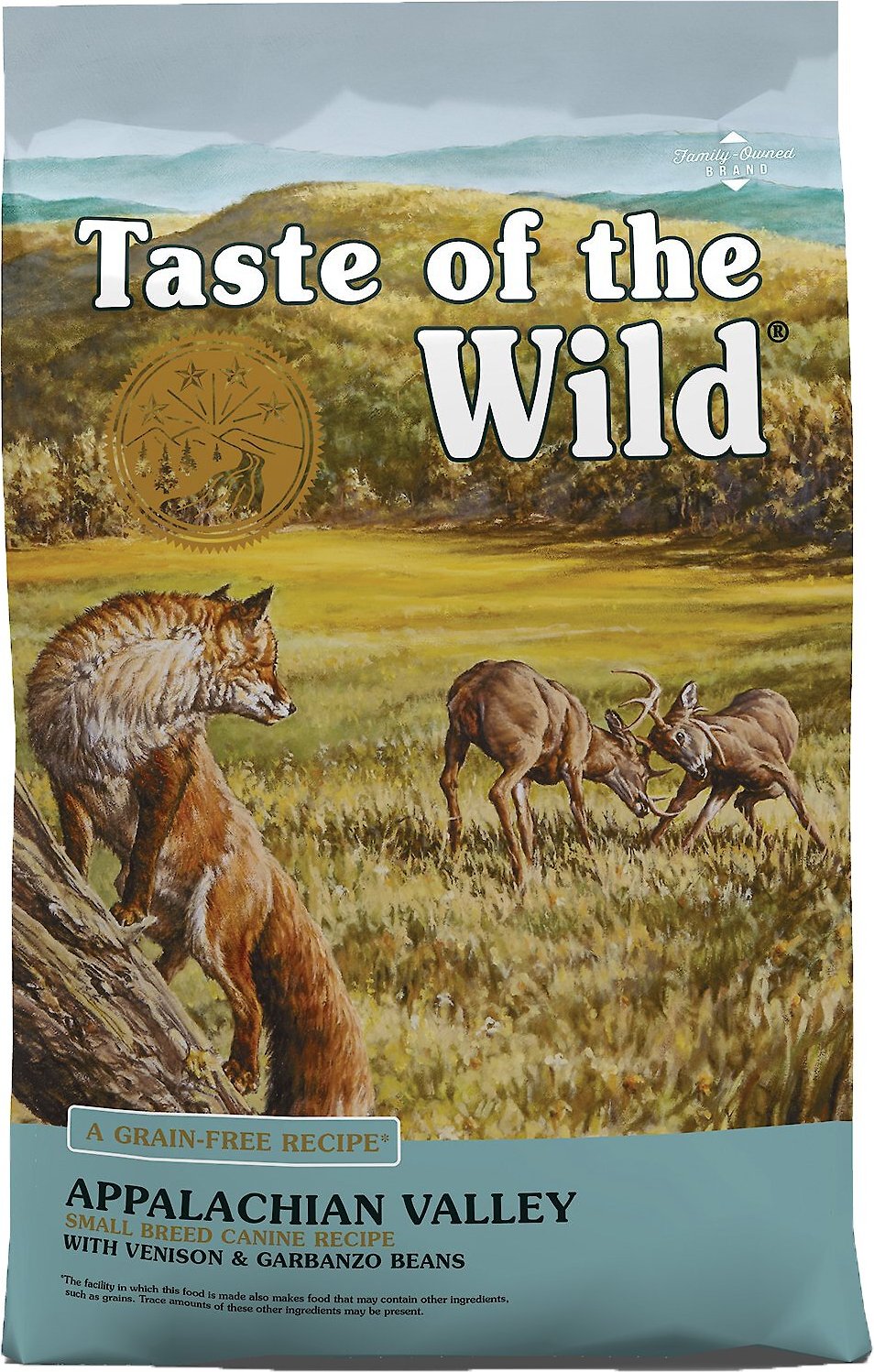
Appalachian Valley Small Breed Grain-Free Dry Dog Food
Foods We Recommend: Pug Seniors
When do pugs become seniors?
9 years old
As pugs age into their senior years, their metabolisms slow and they become less active, so they need fewer calories. They also may need higher doses of certain nutrients to keep their joints and guts healthy into old age. Look for foods like:
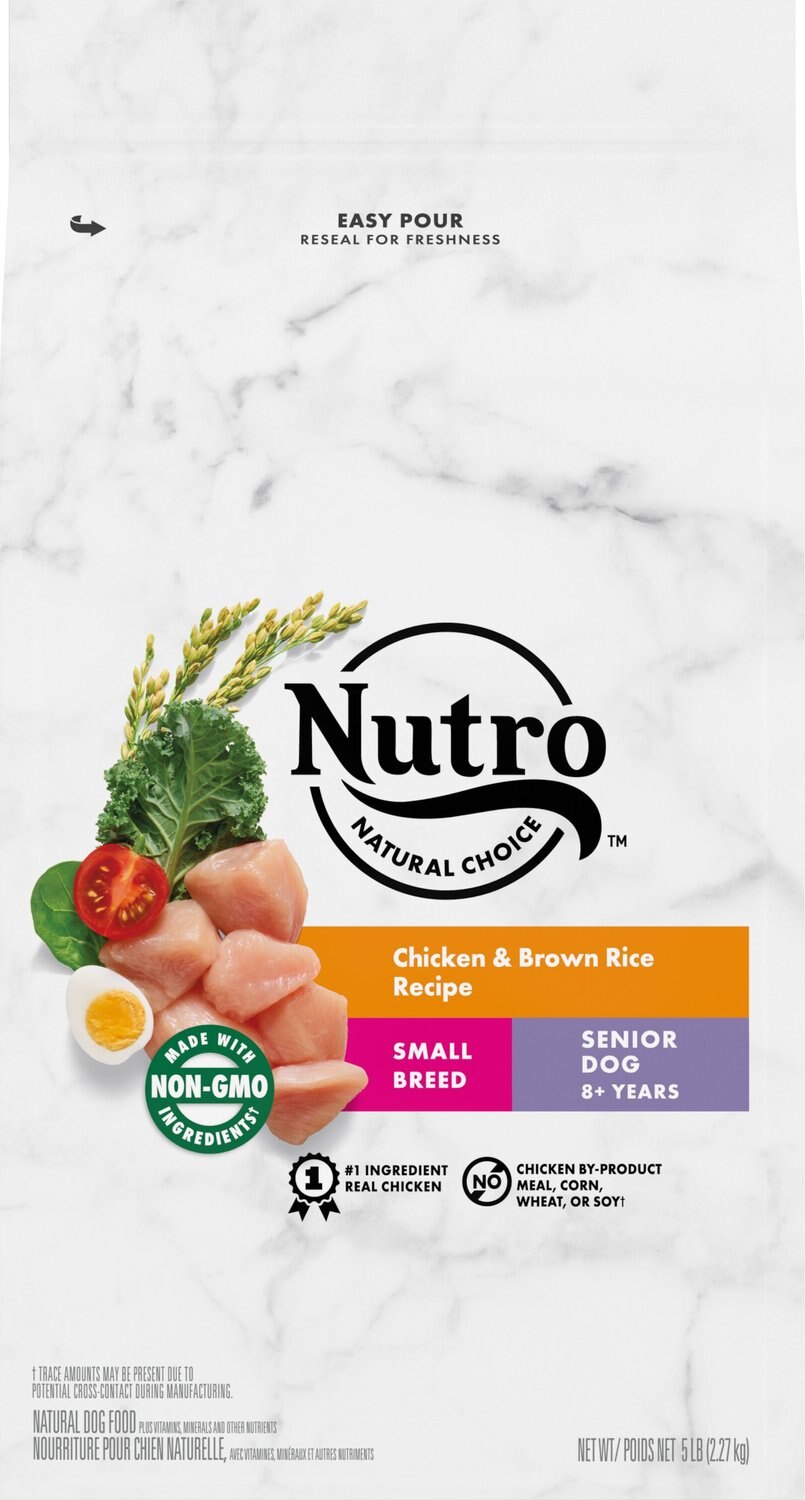
Wholesome Essentials Small Breed Senior Farm-Raised Chicken, Brown Rice & Sweet Potato Recipe Dry Dog Food
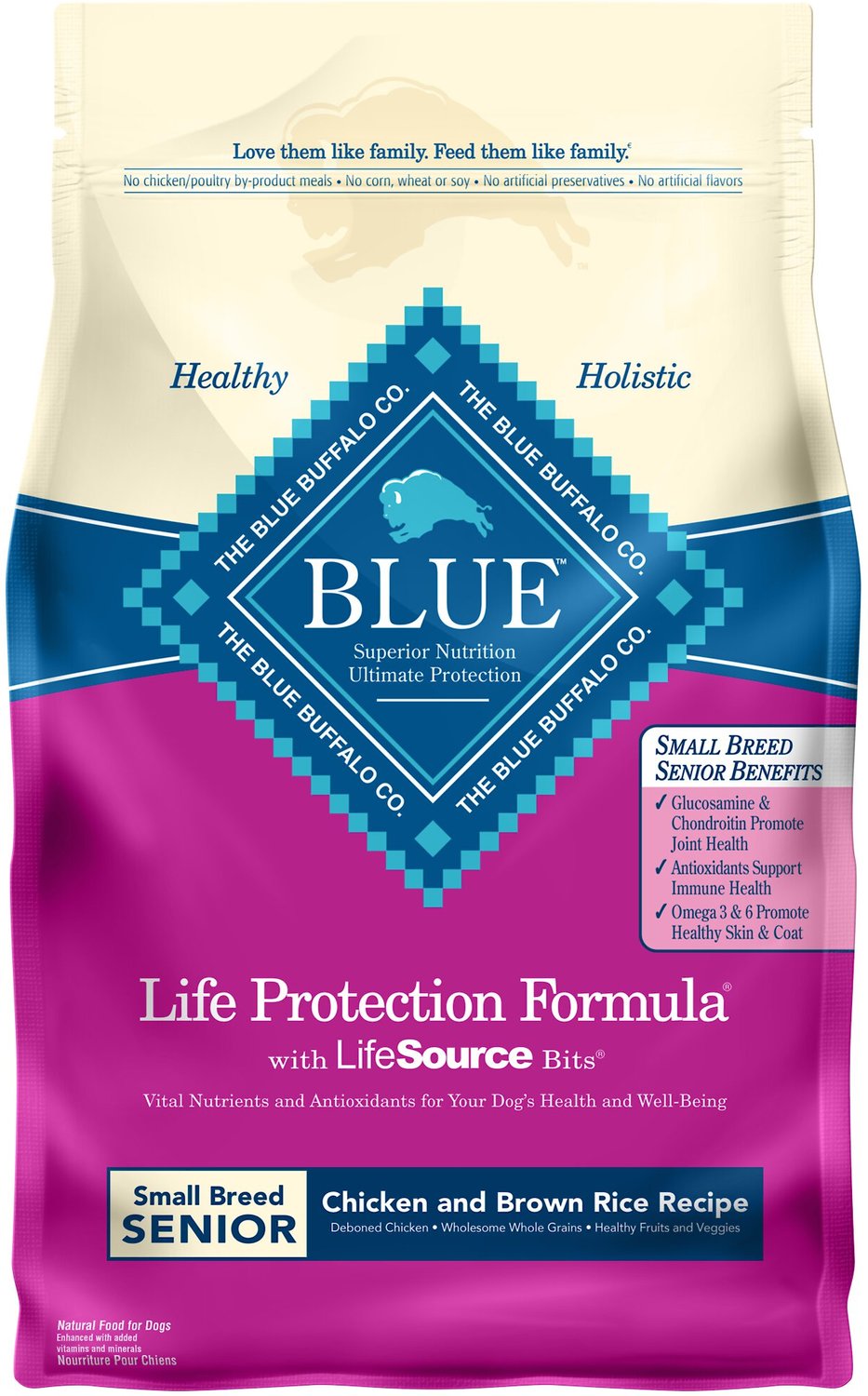
Life Protection Formula Small Breed Senior Chicken & Brown Rice Recipe Dry Dog Food
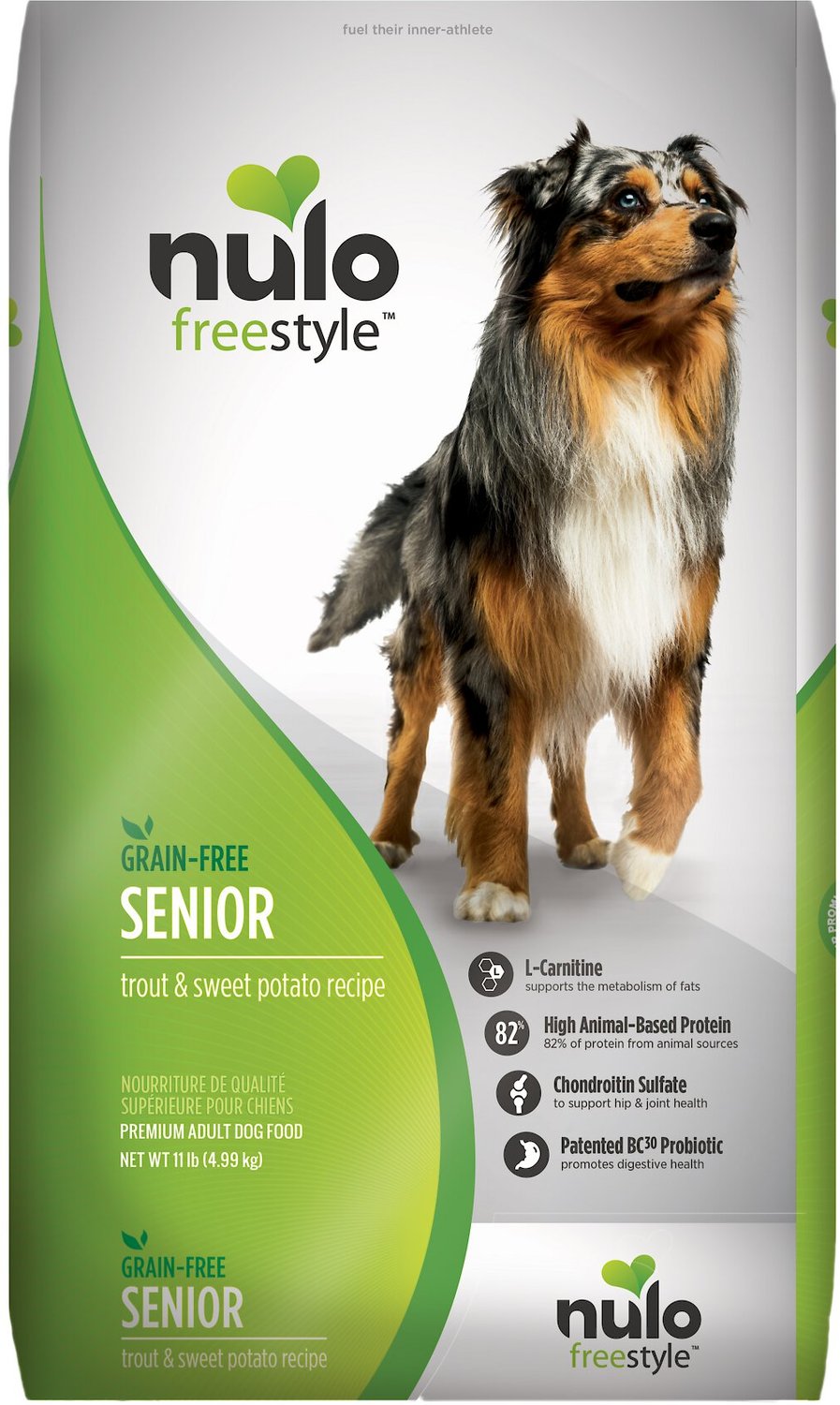
Freestyle Senior Grain-Free Trout & Sweet Potato Recipe Dry Dog Food

Size Health Nutrition Indoor Small Breed Senior Dry Dog Food
Affiliate Disclosure
We do not accept money to recommend pet foods. However, we do receive referral fees from online retailers (such as Chewy or Amazon) on qualifying purchases. Our recommendations are neutral, and diet recommendations are made without considering whether we will receive a referral fee.

